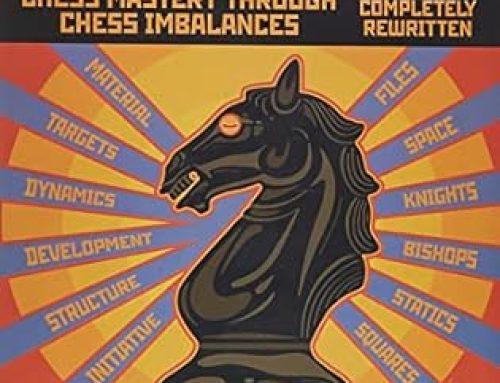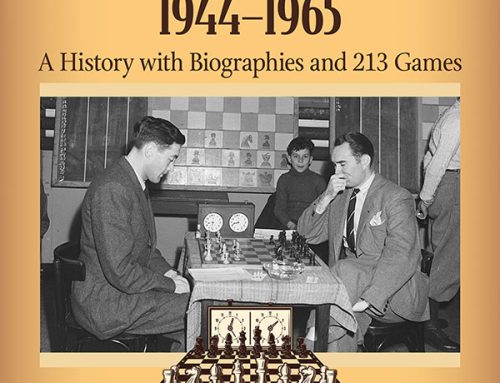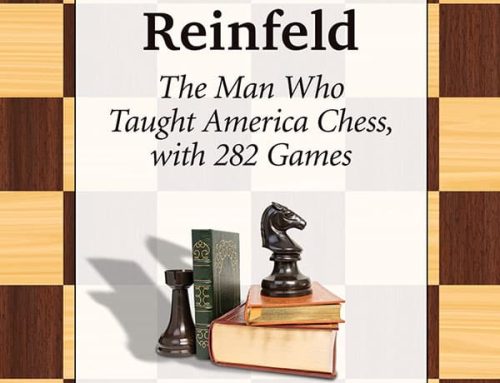To tell the history of a league, not a team or a year, but an entire league, is the goal of Ed Gruver
in his 1997 book, The American Football League: A Year – by – Year History, 1960 – 1969.
This narrative history covers the league in a chronological year by year fashion, beginning in
1959 with Lamar Hunt’s interest in purchasing the Chicago Cardinals. Though Hunt was unable to buy
the team on his own, he was able to find other young wealthy men who also wanted to own teams, such
as Kenneth S. “Bud” Adams. As Gruver points out, how these young men were viewed depended greatly
on perspective. Many older football fans called them “the Foolish Club” and the NFL’s Paul Brown said
they were “not football men”. However, the AFL’s first commissioner, Joe Foss, found them to be a
group with great “determination and courage.”
A chapter for each year can only include the most significant events of the year. The specific
features of each chapter vary but always includes the title game. In 1960 and 1965, the chapters
provide some economic history for context as the chapter focus on the draft and signing of Billy Cannon
and Joe Namath, respectively. In the 1963 and 1964 chapters, Gruvyer is more speculative spending
some time making the arguments on how the AFL champions would have done against the more
established NFL champions.
Starting with the 1966 season, Gruvyer attaches a short chapter at the end of each season with
an overview of the Super Bowl game. These chapters tend to be brief and do not offer much unique
information to a widely-read fan but they provide a good over-all picture of the game played. The
summaries are particularly interesting for the first two Super Bowls as most reports focus on the
winning Green Bay Packers and not the losing AFL teams, the Kansas City Chiefs and Oakland Raiders,
respectively.
The book wraps up with a few standard appendices for team standings, yearly leaders, post-
season scoring summaries, and AFL team and individual honors.
A minor criticism is when Gruver attempts to draw comparisons with other sports.
Some can be argued, such as claiming the Jets victory as the greatest upset of all time (p. 225), but that
dismisses the “Miracle on Ice” hockey game. Others, such as “Baseball set the tone for western
expansion in sports,” (p. 12) are harder to defend given that in the Midwest, Wisconsin had a pro
football team more than three decades before a pro baseball team and Los Angeles had pro football
about fifteen years before they had a pro baseball team. The only major criticism of this work is a lack
of notes and bibliography. This makes it difficult to know where the material comes from quotes that
were sometimes from interviews conducted by the author (though who was interviewed is unclear) or
from other sources.
These criticisms are not significant and I believe Gruver accomplishes his goal of providing a
history of the whole league. Thus, I highly recommend The American Football League: A Year-by-Year
History, 1960 – 1969 as a superb narrative history of the league.
This book can be purchased from McFarland by calling 800 – 253 – 2187 or by shopping at
www.mcfarlandbooks.com.





